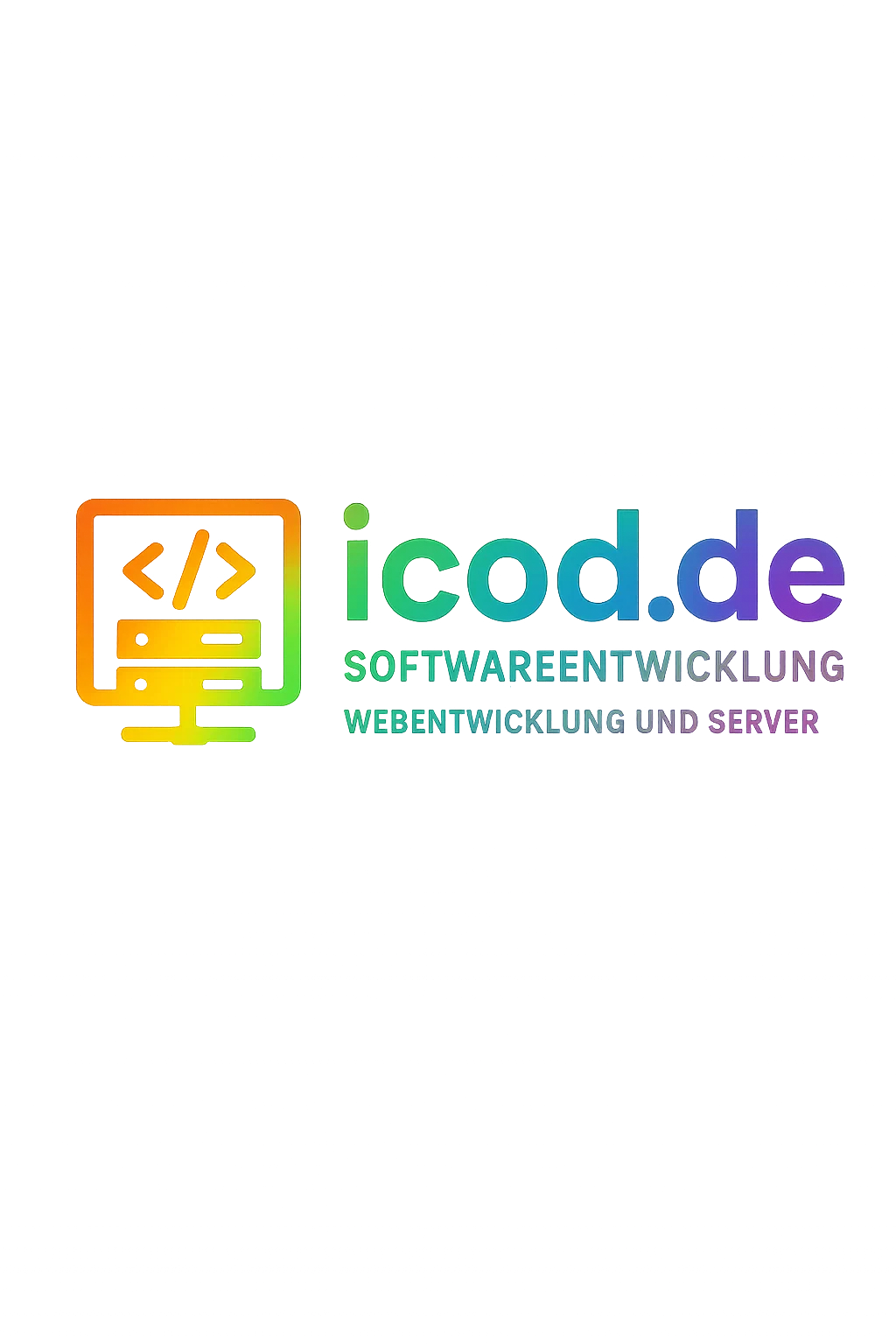Insights
Vue.js in the enterprise stack: Building a lean component library
How we created a Vue component library in 2017 to accelerate internal tool development.
Why Vue?
For internal apps we wanted a lightweight framework with a gentle learning curve. Vue combined declarative templates with intuitive reactivity.
The gradual adoption story let us phase out legacy jQuery widgets. We codified component lifecycle guidelines and validated compatibility with our REST and GraphQL back ends. Team feedback was clear: fast results with minimal onboarding friction.
Component library
We defined design tokens, Storybook demos, and Jest unit tests. Single file components let designers maintain copy and layouts directly.
Accessibility standards were built into the library and enforced through linting. Snapshot tests and Chromatic previews shielded us from visual regressions. Documentation and migration guides ensured new components landed consistently.
Rollout
Feature teams reused the library for dashboards without rebuilding foundational pieces each time. Deployments ran through a private npm registry governed by semantic versioning.
A request board helped teams prioritise new components and enhancements. Versioned release notes made breaking changes transparent. The library stayed lean while staying aligned with real-world needs.
